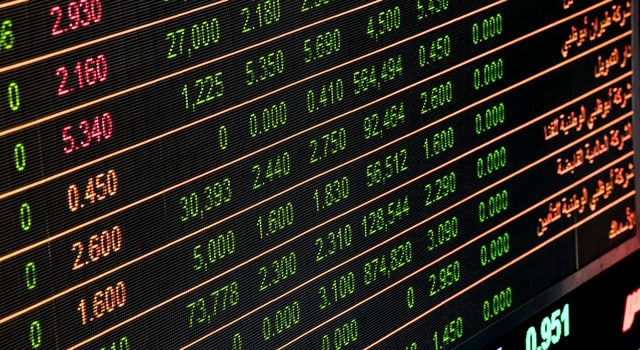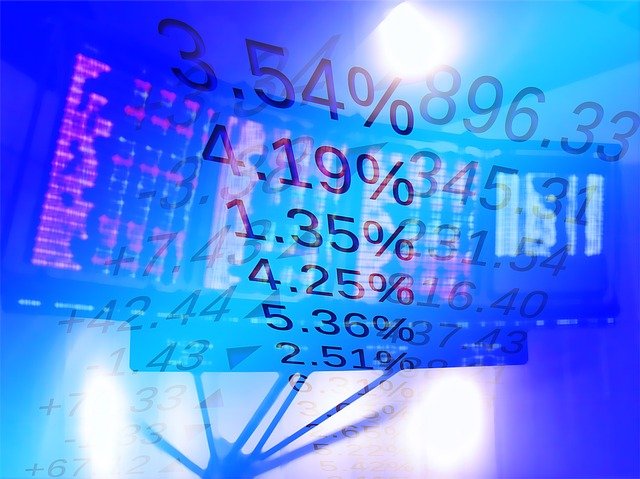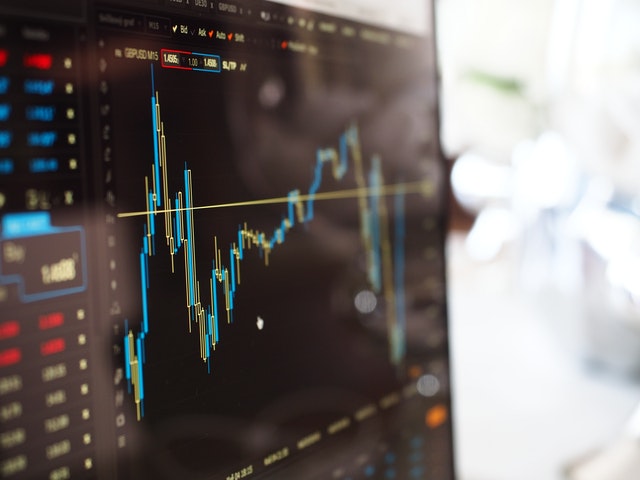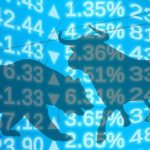The stock markets in India began way back in 1875.. The history of Indian stock trading began with 318 persons taking membership in Native Share and Stock Brokers Association which later became Bombay Stock Stock. In 1965, BSE got official recognition from the Government of India. Later, the National Stock Exchange ( NSE) also came into the picture in terms of recognition. Currently, both BSE and NSE symbolize themselves as synonyms of Indian stock market, says reputed business and Astro strategist Hirav Shah
The 30 stock sensitive index (popularly known as Sensex) was first piled up in 1986. Initially, the Sensex is compiled based on the performance of the stocks of 30 financially sound companies, says the stock market history.
Table of Contents
Growth of the stock market in India
In the year 1990, the Bombay Stock Exchange (BSE) crossed the 1000 mark for the 1st time. Later, it crossed milestones 2000, 3000 and 4000 marks in 1992 and experts believe that the sole reason for such a tremendous surge in the Indian stock market was the liberal financial policies and reforms announced by the then union finance minister Manmohan Singh.
Harshad Mehta’s scam
The continuous spike of the market all of a sudden lost momentum with Harshad Mehta fraud where the famous stockbroker redirected immense funds from banks through deceitful means. Reportedly, Harshad Mehta played his part with 270 million shares of around 90 odd companies due to which a large number of small-size investors became victims of the scam and the Sensex fell more than 570 points.
After Harshad Mehta’s incident, to avoid such scams in future, the Government of India formed SEBI (The Securities and Exchange Board of India) in 1992 to regulate and control the functioning of stock exchanges, investment advisors, portfolio managers’ brokers, sub-brokers etc.
The constitutional body SEBI oblige several rigid measures to protect the interest of investors. The commencement of online trading and day by day settlements made the chances for fraud almost nil in the stock market, says Hirav Shah
Aftermath story of Indian stock market
After Harshad Mehta’s scam incident, Sensex again started its journey again after almost eight years and crossed the 5000 mark for the 1st time in the year 1999 and the 6000 mark in 2000. The 7000 mark was crossed in June and the 8000 mark on September 8 in 2005 itself.
Continuing the same trend, in December 2005, the Sensex first closed at over 9,000 points. In February 2006, the Sensex finally closed above the 10,000 mark. In March 2006, the Sensex crossed 11,000 points. By the end of 2006, Sensex crossed the 14,000 mark for the first time.In 2007, the Sensex crossed the 15,000, 16,000, 17,000, 18,000, 19,000 and 20,000 mark for the first time and created history. Later, in November 2010, the Sensex closed above 21,000 points. A few years later, in March 2014, the Sensex closed above 22,000 leve and reached 28,000 mark level by the end of the year.
In 2015, the Sensex crossed the 29,000 and 30,000 mark and by May 2017, the Sensex crossed 31,000 mark for the first time and by the end of the same year, the stock market had witnessed 34,000 points.
In 2018, the Sensex crossed the 36,000 mark for the first time and crossed 38,000 level by the year-end. In April 2019, the Sensex crossed 39,000 level and in May 2019, the Sensex crossed the record 40,000 mark for the first time and reached 41,000 mark by the year-end.
In January 2020, the Sensex surpassed 41,000 level and reached 47,000 mark by the year end. In January 2021, the Sensex crossed 49,000 mark for the first time and in the same month on 21st January 2021, the BSE Sensex crossed 50,000 mark for the very first time and created a sensation.
Foreign Institutional Investors
Due to the liberal economic policies pursued by successive Governments attracted FIIs to a large scale. From the past few years, many FII (Foreign Institutional Investors) are investing in Indian stock markets on a very large scale.
Various factors which affect the stock market
Election results ( India or other countries like the US), international events, good monsoons and the result of a cricket match between India and Pakistan ( or with the other nation) will also have an effect on the Indian stock market, says Hirav Shah.
Conclusion
The above data gives a clear picture of how the Bombay Stock Exchange saw an uptrend in the early 1990s and later went through a crisis due to Harshad Mehta’s scam for a brief period. But later, it picked up due to government policies and reached the dream mark of Sensex achieving 50,000 points. To conclude, business Astro Hirav Shah says that as The Bombay Stock Exchange market is only growing from strength to strength with each passing month/year, there is no looking back for it anytime soon.

























